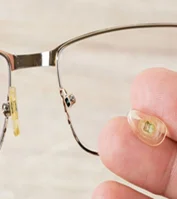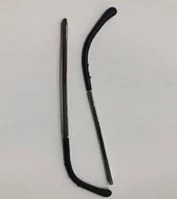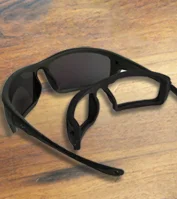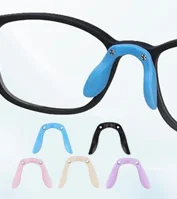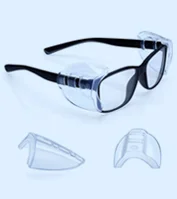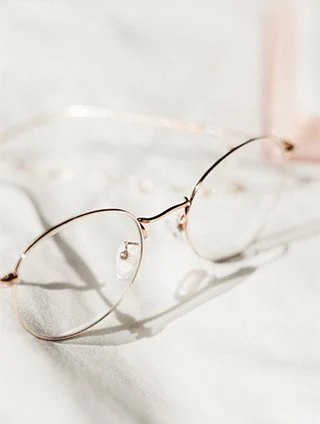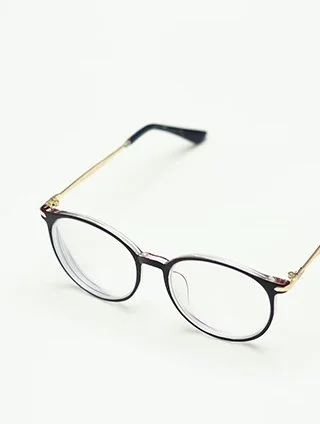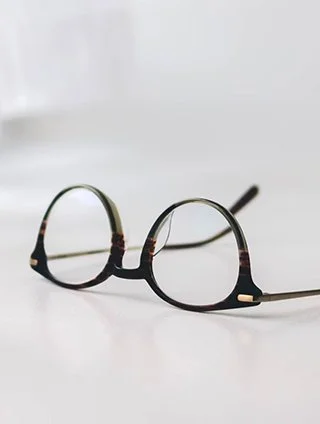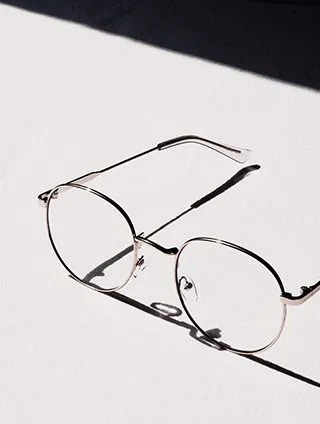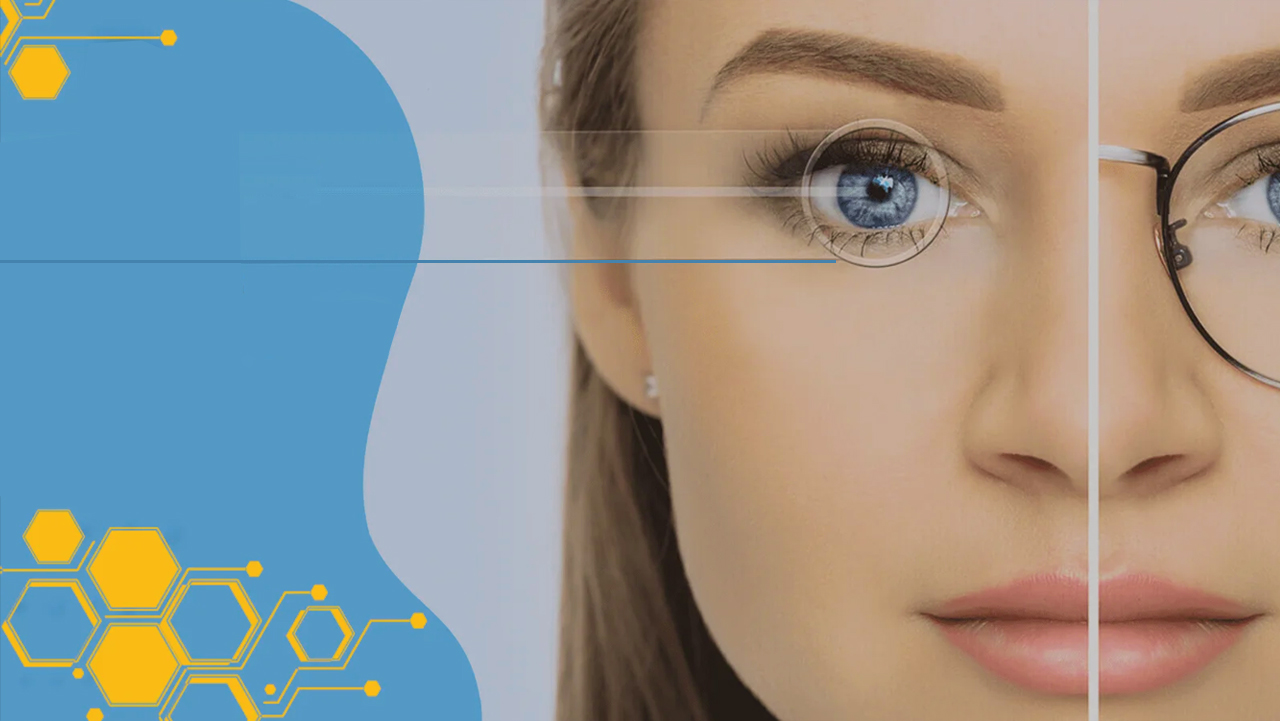Last updated: Wednesday, February 19, 2025
Accidents resulting in eye injury are common at workplaces. When you’ve got to deal with heavy machinery, and flying projectiles around you, you need to wear proper ANSI Safety Glasses. You can’t predict when something’s going to get out of control and if anything sharp is headed straight towards your eyes.
The National Institute for Occupational Safety and Health (NIOSH) released a statement about 1500 US workers suffer eye injuries daily. Some of the injuries are so severe they can have everlasting effects on the person. Safety experts and doctors believe, wearing the right safety eyeglasses can help bring down the numbers.
Chemical spills, foreign objects entering the eye, and cuts or scrapes on the cornea are common occurrences. The amount of damage they deal may vary according to the intensity of the object that has been harmed. Other eye damage is received from grease or hot oil splashes, steam burns, UV or infrared radiation exposure, and flying wood or metal chips.
In addition to these, laboratory staff, janitors, and healthcare workers are at risk of catching harmful germs and infectious diseases in their eyes. Some infectious bacteria can be transmitted through the eye’s mucous membranes. Blood splashes, respiratory droplets during cough and touching the eyes with contaminated fingers can also infect the eyes at workplaces.
Workers Experience Eye Infections or Damage at Work Because:
- They were not wearing Safety Eyewear Frames.
- They were not wearing a frame designed for the task.
A survey conducted by the Bureau of Labor Statistics revealed that workers who received eye injuries during work were not wearing safety glasses. When asked why they were not wearing, they answered that they were not aware that the job required it. It is negligence committed by their employer and their safety compliance department.
What are some potential eye hazards at a workplace?
Every worker working at the premises needs eye protection when the following hazards are present:
- Projectiles: Flying bits of metal, wooden chips, dust, and other particles
- Chemicals: Toxic fumes and splashes
- Radioactivity: Welding glare, ultraviolet radiation, heat or infrared, and lasers
- Bloodborne microorganisms: Hepatitis, HIV, and other transmittable diseases from blood or fluids
Some workplaces contain multiple eye risks.
Take into account the types of risks involved and use a proper safety frame.
Computer Vision Syndrome (CVS) is also an eye risk present inside the most peaceful-looking offices. Most workers there use Reading Prescription Eyeglasses because they have suffered or are suffering from digital eye strain. It is a result of prolonged exposure to computer screens and other digital devices around the office. An average American office worker spends approximately seven hours a day in front of the computer either at work or home.
Computer workers should ensure they have the anti-blue light coating added to their eyeglasses. Many do not know that the light emitted by the screens contains a set of invisible rays. It is known as the Blue Light which is like poison to the cornea. It can cause cataracts which is a cloudy film formed over the pupil. It results in blurred and less vision, and one fails to distinguish colors to remove it, eye surgery is needed and your original lens would be replaced by an artificial. one















